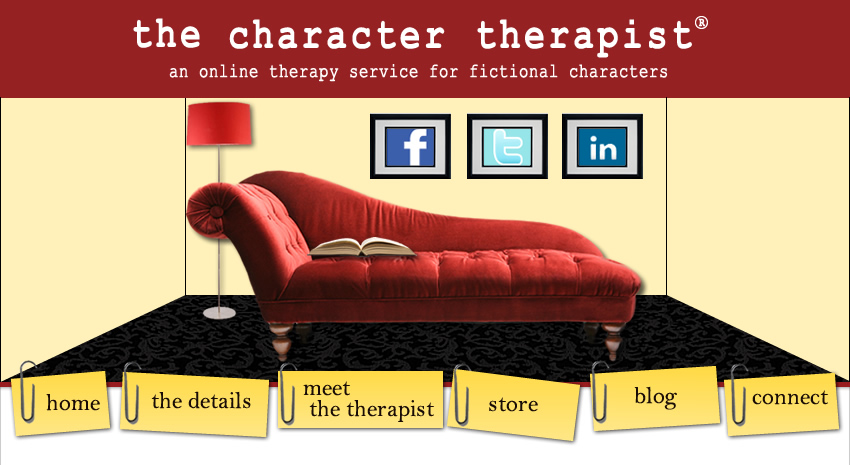* Names have been changed to protect the not-so-fictional.
Joe is writing a TV show with a child who is either "sworn to secrecy" or is perhaps a victim of Munchausen by Proxy Syndrome or some sort of quasi, dark and twisty sort of Stockholm Syndrome. Either way, the child is intimidated into keeping silent and covering for their "captor," which would be a parent/grandparent/etc. He wants something dramatic and visually appealing to help the child open up but yet maintain a high degree of probability and believability at the same time.
 Joe wants to know: Can the Storybear technique could be used to help detect abuse within the confines of the family unit? It seems as though this would be a very useful took for getting them to open up. Perhaps?
Joe wants to know: Can the Storybear technique could be used to help detect abuse within the confines of the family unit? It seems as though this would be a very useful took for getting them to open up. Perhaps?Great question, Joe! You're the first screenwriter I've hosted on Treatment Tuesday, so welcome and thanks for writing in.
I've never specifically used the Storybear technique to try to detect abuse, but it would be very possible for an abuse story to emerge from the child during a session. You might have already guessed this, but I think it is important to note that the child's caretaker doesn't need to be present, as their presence would be an intimidating factor that would prevent the child from saying anything that might shed a negative light on the parent.
You've picked some interesting syndromes that you're considering, and given what I know about each one, I think Munchausen by Proxy (also called Factitious Disorder by proxy according to the DSM-IV-TR) would be really unique, even though it is fairly uncommon. A child experiencing Munchausen by Proxy would likely open up and talk about how they were sent to the doctor over and over for something that wasn't really wrong with them than a child who suffers from Stockholm Syndrome and doesn't see their "captors" in a negative light.
A lot would depend on the therapist's ability to discern that abuse might be possible based on what the child says and the absence of any medical symptoms the parents have indicated the child has. You would have more difficulty with Munchausen by Proxy, though, in getting the child alone for therapy, as parents who exhibit Munchausen by Proxy are highly attentive to their child and reluctant to leave them with others alone (for obvious reasons!).
A child using Storybears might say of the daddy bear who is wearing an angry face, "The dad is mad because the son didn't clean his room." I might respond, "What did the daddy bear do when he learned the son hadn't cleaned his room?" to further dig into any suspicion I might already have. If the child said, "He yanked the little bear's arm and threw him on his bed," then I would let the boy finish his story before asking, "Mikey, this story seems like it might be real. Is this something your dad has ever done to you?" I'd let the child go from there.
Or a more likely example using Munchausen:
Child has a happy face on mom bear (as she's getting her need for attention and adulation met through victimizing her son), sleepy face on dad bear (as he's largely uninvolved) and a sad face on the kid bear. In the session, the child explains that he's sad because he had to go once more to the doctor to be checked out again. I'd comment on the incongruency of the mother's happy face, because that seems counterintuitive. Perhaps the child would say his mom is the happiest when talking to the doctors, etc.
It would take MUCH more than this in a session for me to arrive at a conclusion of Munchausen by Proxy, but a few sessions of this kind of oddity would likely make me want to communicate with the parent or with the doctors involved, the latter of which would take Releases of Information. The child's parent would be very reluctant--if not flat-out refuse--to sign over a release to talk to the doctor, but the request is a fairly common practice to develop a continuum of care around a client.
Hope this gives you something to munch on. :) In short, I'd be uncomfortable calling Storybears an abuse indicator, but it is absolutely possible for it to be used as a tool to detect evidence of abuse.










1 comment:
Ooh, I knew very little about the Storybears technique! This is why I enjoy reading your blog. I learn so many new things.
Post a Comment
Both comments and questions are welcome. I hope you enjoyed your time on the couch today.